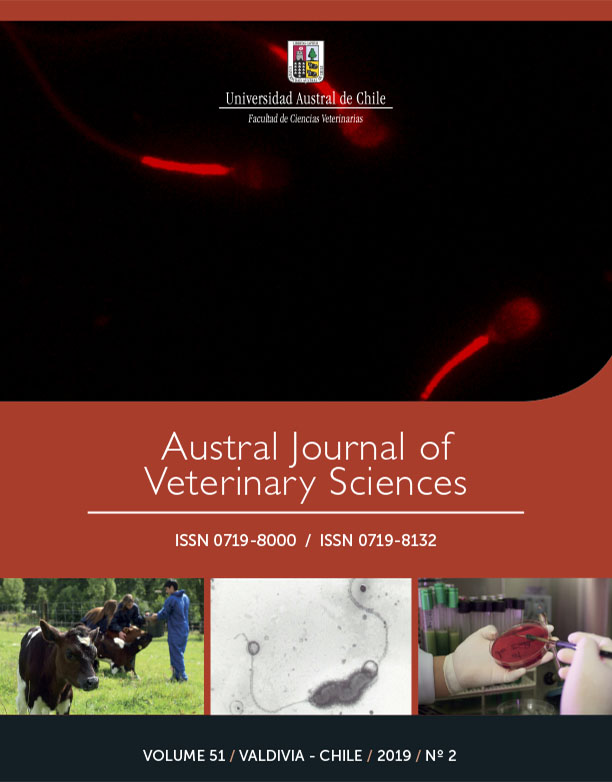The effect of non-traditional cooling on dog sperm cryosurvival and ability to perform the acrosome reaction
Main Article Content
Abstract
The objective of this study was to assess cryosurvival, plasma membrane fluidity, and capability of cryopreserved dog (Canis lupus familiaris) spermatozoa, cooled to –5 °C before freezing, to perform the acrosome reaction under the effect of progesterone and calcium ionophore. In the first experiment, fresh spermatozoa diluted in Tyrode’s medium plus albumin, lactate, and pyruvate (TALP) were incubated at 38 °C in 5% CO2 in air, with progesterone or calcium ionophore added at 2, 4, and 6 h after incubation and sampled 30 min later to assess the acrosome reaction. In the second experiment, diluted sperm were packaged in plastic straws, cooled to either +5 °C or –5 °C and cryopreserved. Progressive motility, plasma membrane integrity and fluidity, capacitation status and acrosome integrity were assessed before and after freeze-thawing. After thawing, sperm were assessed, resuspended in TALP and incubated to assess the acrosome reaction. Parameters for sperm cryosurvival were similar in sperm cooled to either +5 °C or –5 °C, except in the percentage of hyper-fluid membranes which was lower (P<0.05) in sperm cooled to –5 °C. There were no differences in the percentages of frozen-thawed spermatozoa with acrosome reaction, induced by progesterone or calcium ionophore, between cooling treatments. In conclusion, cooling of dog spermatozoa to –5 °C did not improve sperm cryosurvival but had a positive effect on plasma membrane fluidity.

